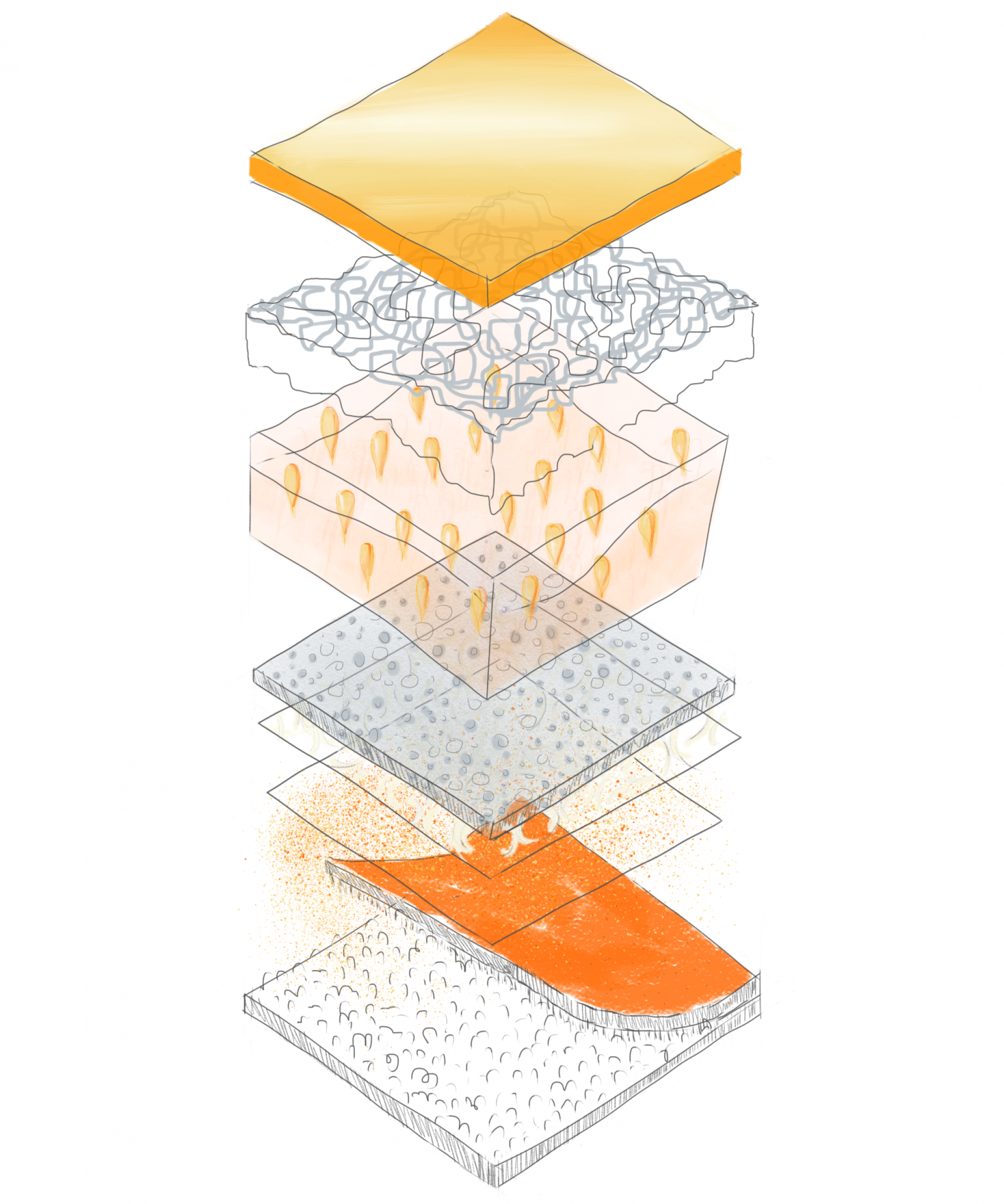
Turning in
The drawing documents 3 types of sounds inculding the vehical, bird, kids in colour of black, red, and purple. The sound zones and strength of the sounds may varies by its time, locations and site conditions. For example, the barrier of the tree on the site is one of the main elements affects the movement of the vehical sound. The size of the tree will determind how the verhical noise is reduced. Other sounds may be affected by the building. The Building can return the sound back to our ears.
Windplay
I twined my shoe lace on the beam of the roof structure to observe how the wind is moving in a rainy and windy afternoon. The wind foce is closely affecting the movement of the shoe lace.

































